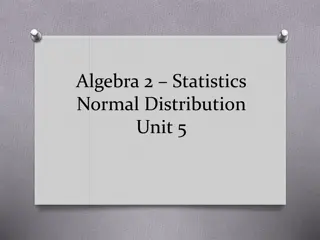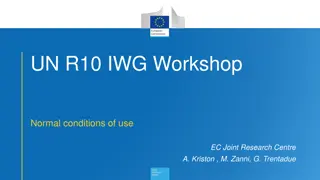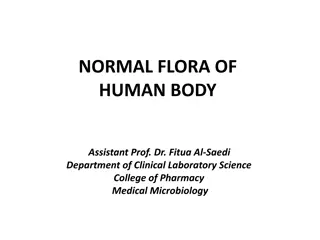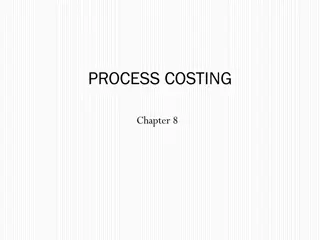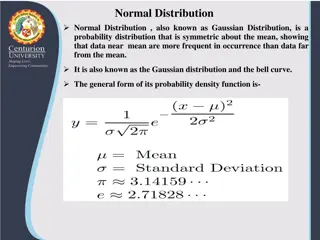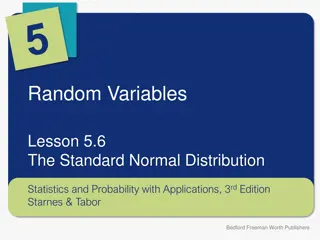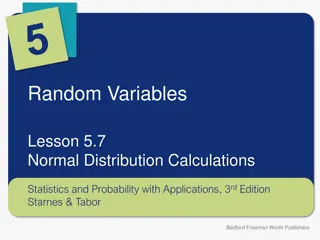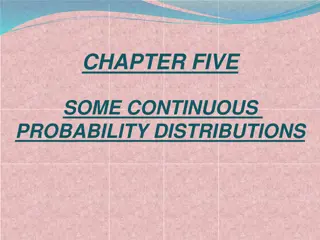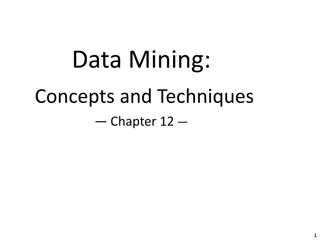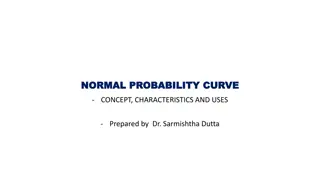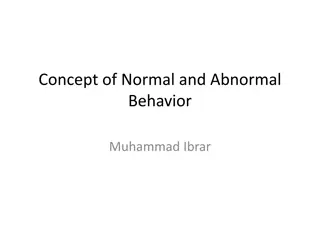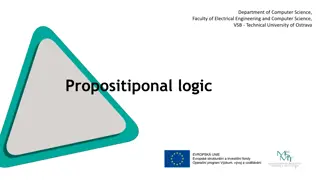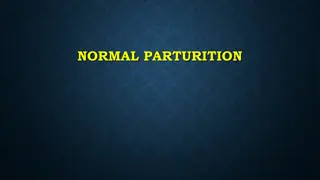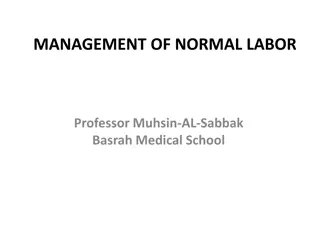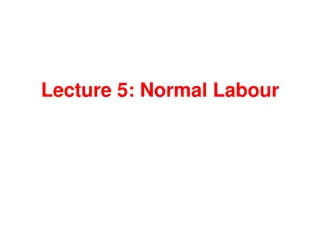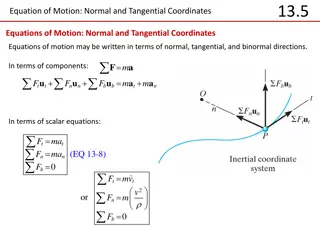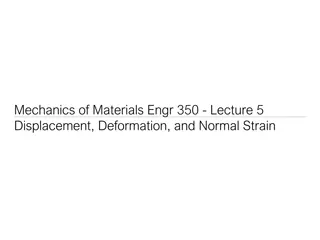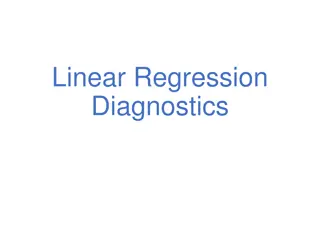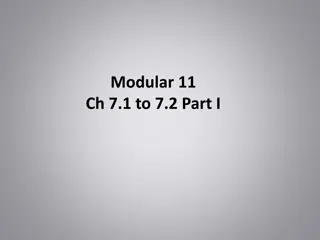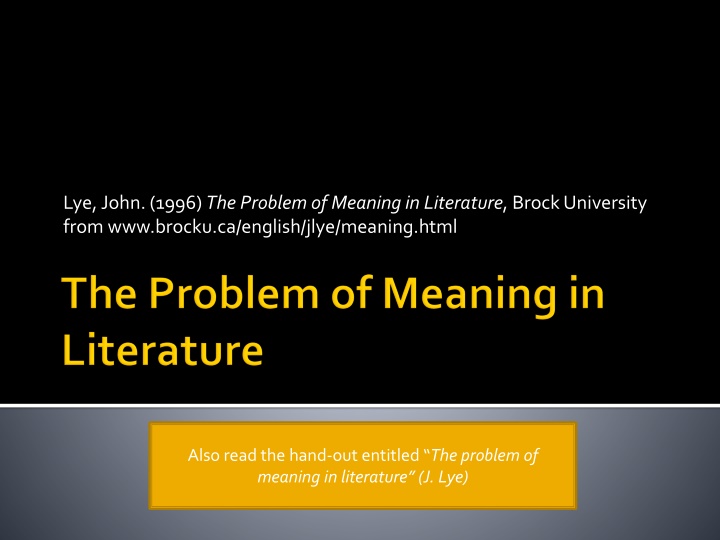
Meaning in Literature: Authorial Intention and Interpretation
Explore the complexities of determining meaning in literature through author-centered, text-centered, reader-centered, and world-context-centered readings. Delve into the intentional fallacy and discover why relying solely on authorial intention may not always provide a complete understanding of a work's meaning.
Download Presentation

Please find below an Image/Link to download the presentation.
The content on the website is provided AS IS for your information and personal use only. It may not be sold, licensed, or shared on other websites without obtaining consent from the author. If you encounter any issues during the download, it is possible that the publisher has removed the file from their server.
You are allowed to download the files provided on this website for personal or commercial use, subject to the condition that they are used lawfully. All files are the property of their respective owners.
The content on the website is provided AS IS for your information and personal use only. It may not be sold, licensed, or shared on other websites without obtaining consent from the author.
E N D
Presentation Transcript
Lye, John. (1996) The Problem of Meaning in Literature, Brock University from www.brocku.ca/english/jlye/meaning.html Also read the hand-out entitled The problem of meaning in literature (J. Lye)
Three facts or ideas you learned last lesson or in your pre-reading/note-taking. Have you begun taking brief notes on the four approaches from Queensland Curriculum and Assessment Authority 2017, Approaches to reading practices , https://www.qcaa.qld.edu.au/downloads/sen ior/snr_eng_extn_20_res_read_prac.pdf
There are several ways to approach this: The meaning is what is intended by the author (author- centered reading) The meaning is created by and contained in the text itself (text-centered reading) The meaning is created by the reader (reader-centered reading) Discourses construct the reader and the text (world-context centered reading) Of course, the whole idea of a real meaning in literature is probably misleading; these approaches merely provide ways of constructing possible readings.
Meaning is a difficult issue. How do we know what a work of literature is supposed to mean or what its real meaning is? (But what did the author mean, Miss?) Related term: The intentional fallacy, inliterary criticism, addresses the assumption that the meaningintended by the authorof a literary work is of primary importance. By characterizing this assumption as a "fallacy", a critic suggests that the author'sintentionis not important.(Wikipedia) Remember the Third Grade student s hores text in the previous ppt? The author s intention is not reflected in the adult reader s response/reading of the text.
Why is it not always valid to rely on authorial intention as a sole source of meaning? The author s work may have taken them in directions they did not originally foresee and developed meanings they did not intend and indeed may not recognize. E.g. the hores story The works may embody cultural or symbolic meanings which are not fully clear to the author themselves. E.g. The author unconsciously reflects aspects of their culture as just the way it is . Authors may not be fully conscious of the motives or the discourses that underpin their work. (Intentional Fallacy)
Remember the intentional fallacy.? Does a work of literature mean what the author intended it to mean and if so, how can we tell? How can we gain insight into authorial intention? Consider Shakespeare s Macbeth. We could: Read other works by the same author e.g. other tragedies Learn more about the kind of meaning found in works from that particular tradition, time and genre e.g. other Elizabethan plays and poetry Learn about the economic, social, religious and political contexts (including discourses/ideology) of the text e.g. moving out of feudalism, pyramid social structure, C of E/Catholic schism, religious discourse, political discourse, patriarchy Learn about the cultural values and symbols of the time of writing e.g. belief in God, great chain of being, superiority of man over woman, love of witty literary devices, emblems on shields, Elizabethan art
Shakespeare: William was born inStratford-upon-Avon in 1564, during England sTudor period. He was one of eight children born to John Shakespeare, a well-to-do glove-maker and leather worker, and his wife,Mary Arden, an heiress from a wealthy family. Shakespeare is most likely to have received a classical Latin education at King's New School in Stratford. From what you have heard, do you think detailed knowledge of an author s personal life assists in the construction of meaning? If so, how might this knowledge assist? What kinds of knowledge would be most useful?
Any text can only mean within a set of pre-existing, socially supported ideas, symbols, images, ways of thinking and values (discourse). Texts are written (and interpreted) according to social norms and cultural meanings. Authors are a product of prevailing discourses: the general social practices, attitudes, values and beliefs that become deeply engrained in particular times in history. It may be possible to trace how competing discourses of the times in which the author wrote are played out in the text. E.g. Shakespeare s plays, though this insight is relevant to all literary texts. Literary theory, in recent years, has sought to explain thedegree to which the text is more the product of a culture than an individual author and in turn how those texts help to create the culture. (New Historicism) e.g. Shakespeare s plays reflected the culture but also reinforced it (or challenged it in some ways).
The question we ask about texts moves from What did the author really mean? to HOW DOES THIS TEXT PRODUCE MEANING? At the Brisbane Writers Festival a few years ago Elizabeth Jolley summed it up when she was asked by a member of the audience for the meaning of her novel, The Well (1986). She said: I have written what I have written. It's up to you to work it out .
HOW DOES THIS TEXT PRODUCE MEANING?
Does the meaning exist in the text (the words on the page )? There is an argument that the formal properties of the text - the grammar, the language, the imagery and so forth - contain and produce the meaning, so that any educated competent reader will inevitably come to essentially the same interpretation as any other. (New Criticism) (The way your teachers were probably taught!!!)
Are the same interpretations arrived at because the formal properties (e.g. narrative structure, style elements) of the text securely encode the meaning or because all the educated readers were taught to read the formal properties in much the same way? As a text is in a sense only ink marks on a page and as all meaning is culturally created and transferred, the argument that the meaning is only to be found in the text is not a particularly persuasive one.
The Text And as I sat there brooding on the old, unknown world, I thought of Gatsby s wonder when he first picked out the green light at the end of Daisy s dock. He had come a long way to this blue lawn, and his dream must have seemed so close that he could hardly fail to grasp it. He did not know that it was already behind him, somewhere back in that vast obscurity beyond the city, where the dark fields of the republic rolled on under the night. The meaning is more likely to be found in the conventions of meaning, the traditions, the cultural codes, which have been handed down so that in so far as we and other readers might be said to agree on meaning in a text that agreement would be created by common traditions and conventions of usage, practice and interpretation. What conventions of meaning and cultural codes (e.g. symbolism, archetypal characters, connotations) are inherent in this The Great Gatsby excerpt.
Conventions of meaning: first person narration, framed narrative, stock situations (rags to riches, boy meets girl ..) Archetypal characters: Gatsby as hero and dreamer, Daisy as temptress, Nick as mentor Symbolism: the green light- unattainable dream; the hazy, elusive future; Gatsby s dream of Daisy .. Dark fields? The night?
Text In different time periods, with different cultural perspectives (including class, gender, ethnicity, belief and world view) or with different purposes for reading, readers can arrive at different readings of texts.
As, on the one hand, a text is an historical document (a product of the discourses of the time of writing) and on the other the meaning derived is cultural and contextual, the question of whether the text really means what it means to a particular reader can be a complex one.
In the late 1960s a school of thought emerged, based on the theories of the French philosopher Jacques Derrida, that the text has not one true meaning but rather multiple meanings depending on the cultural perspectives of each reader. This school suggested that a text s meaning exists in the reader s mind, a radical idea for the time.
Roland Barthes' essay The Death of the Author (1968) attacks the traditional view of the author as the ultimate explanation of a work. The author ceases to be a figure who creates meaning. Instead, meaning is created by the reader, who also takes over as the prime source of power in the text. In this respect, the last line of Barthes's essay is a memorable one: the birth of the reader must be at the cost of the death of the author . http://dlibrary.acu.edu.au/staffhome/siryan/academy/theory_history/Int entional_fallacy.htm
Does the meaning exist in the reader s response, that is, their processing or reception of the text? (Reception Theory)
In a sense this is inescapable as texts are composed in order to elicit responses in the reader but: Meaning is social. Language and conventions work only as shared meaning and our way of viewing the world is shared. When we read a text we are participating in social or cultural meaning making.
The Reader Response is not merely an individual thing but is part of culture and history. How might an Australian reading of the Sydney Nolan painting differ from those of other nationalities?
Meaning is therefore contextual - change the context and you often change the meaning. Literary texts have their own codes and practices and the more we know of them the more we can decode the text. Here reader competency plays an important role. Sophisticated responses only arise out of experience and knowledge of texts and the way they work; for example, a knowledge of symbolism is required to decode this illustration.
However, for our purposes knowledge of time, genre, literary movement and text context are very useful for informing our understanding of the meaning in a text but they must be used in conjunction with the evidence in the text itself, critical responses and our own response to it, to be fully effective. Meaning: 1. Author context in which they were writing (discourse/ideology), genre, literary movement 2. Text evidence in the text itself 3. Reader the reader s context (discourse/ideology), personal factors.
Here, the general theory is that texts are constructed within historical, social, cultural, economic and discursive contexts that govern what can be said and how it can be said. Text is seen as a vehicle for, and a repository of, cultural assumptions, values and preoccupations to be maintained or challenged.
The readers role is to understand the cultural assumptions and to focus on whose interest is served . This approach to reading, which we will label the world-context-centred approach, encompasses, for example, poststructuralist theories including Marxist, feminist and post- colonial theories.
Whose interests are served?
Therefore, in order to understand how we read texts, we need to consider the role of the author, the text, the reader and the context in the meaning making process.
For the remainder of the course (after IA1) you will mainly be interested in text-centered and world-context centered approaches to reading. You can t ignore author and reader altogether as the theories intersect and overlap. Now consider the four approaches in relation to Frost s poem, Out, out . But before you go
This is a general study tool that should be regularly used. Do the following: 3 Recalls State any three facts that you can recall from what you learned in this PPT. e.g. new terms and concepts, something you now understand. 2 Insights How is the material you have learned relevant to your assessment task? How does it relate generally to your course? 3. Questions Write at least one question you have about the topic. E.g. I do not understand , How does this relate to .? How does this affect ..?

